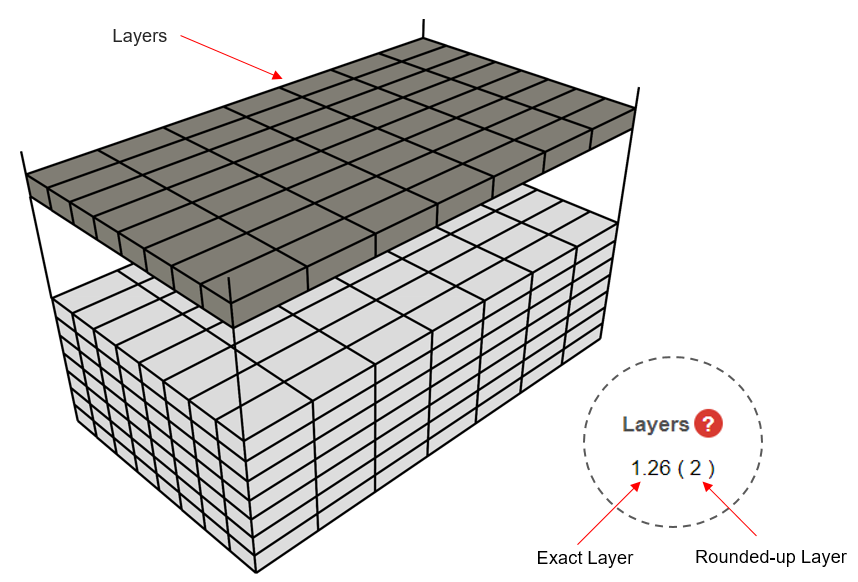
Winter can wreak havoc on both a natural landscape and paved hardscape. The more effort is put into protecting and maintaining your Mendham, NJ, property during winter, the better it will look in spring. There are measures that are frequently taken by landscaping companies during both late fall and mid-winter to combat the effects of the cold. Read on for a few guiding tips that landscaping companies follow:
Prepare the Lawn
It is important to rake leaves and debris away from your lawn before winter sets in, as they may smother the grass during winter. This effect can kill the grass or stunt its growth. Intermittent raking, whenever the weather permits it, is recommended throughout winter to keep the lawn clear of debris and snow or else risk the growth of mold. The lawn should also be mowed to between 2 and 2.5 inches in the late fall and kept short throughout winter so that there is very little excess grass to serve as a breeding ground for pests. As soon as the oncoming spring begins to warm the earth, your lawn will exit its dormant stage and will require nutrients once again. It is important to aerate and fertilize the lawn in the late fall—before the first freeze—to prepare it for this moment.
Keep the Landscape Hydrated
Without sufficient rainfall or snow, many plants can experience detrimental water loss during the cold months. Protect plants like shrubs and fruit trees from dehydration by watering them fairly regularly. Anti-transpirants can be applied to plants and evergreens to minimize water loss through their leaves. It is also important to flush the soil with water every so often if salt-based ice-melting agents are in use. The salt used to melt hazardous ice on walkways and driveways can enter the soil. Salt draws water toward it and can draw water away from plant roots in the process, leaving them dehydrated. Fortunately, any excess salts can be removed by flushing the soil with water.
Related Read: How to Find the Best Local Landscapers Near Me?
Apply Mulch
Mulch is essential in combating water loss from plants and the soil, and preventing erosion in the process. It can also help the soil maintain a uniform temperature around delicate roots. A 2-inch layer of mulch around trees and plants can protect them during winter. The idea is to apply the mulch before the soil has frozen and apply it only after the soil has thawed. Opt for high-quality mulch that contains materials that promote hydration and plant health. Be on the lookout for poor-quality mulch, as its use can prove detrimental to a landscape. It can, in fact, cause the soil to become infested with pests.
Prune Trees and Shrubs
Late winter is the best time to prune, as the freshly cut wounds will only be left exposed for a few short weeks before the spring initiates new growth. It is important to keep an eye on trees and remove limbs that may break under the weight of snow as trees become more susceptible to disease once they have been damaged. Branches can also be tied together to improve their likelihood of withstanding heavy loads of snow. Brush the snow off tree branches rather regularly to relieve them of some weight. Refrain from shaking the limbs as they may break!
The title image features a Durahold wall.









